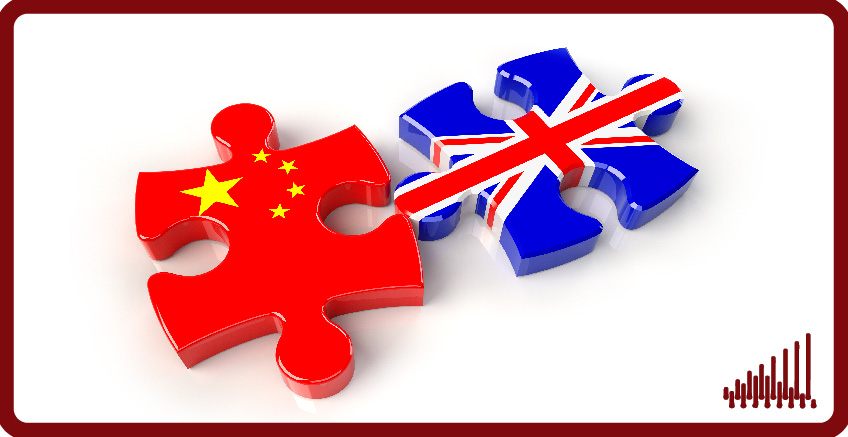China and the United Kingdom: Economic Relationships
 Pub. Date
Pub. Date
13 July, 2020
 Pub. Type
Pub. Type

Executive summary
- China’s remarkable growth has transformed the global pattern of world production, trade and investment, and has caused large changes in the industrial structures of North America, Europe (including the UK) and Japan. China and its neighbours have become the ‘workshop of the world’ (sections 3, 4 and 8).
- China’s growth has been accompanied by high savings and the accumulation of massive foreign exchange reserves invested in low-risk financial assets. China has acted as a powerful force in depressing interest rates worldwide (section 3).
- China is more than a massive source of cheap labour. Huawei is a leading producer of 5G network equipment. There is no US producer. Huawei is involved in building the UK’s 5G network, but its share is capped at 35%, and Huawei is banned from certain sites. The US is pressing the UK to impose a complete ban, as in the US itself, Australia and New Zealand (section 5).
- The number of Chinese students at UK universities has more than trebled since 2006, and is now about 115,000, more than from the entire EU. Their fees are at least £1.7 billion a year. There are 13 Higher Education institutions where more than 10% of the students are Chinese and which would therefore be particularly vulnerable to any loss of Chinese students. Some 16,000 pupils at UK independent schools are from China and Hong Kong, 28% of the non-UK total (section 6). Chinese tourists to the UK spent £1.7 billion in 2019 (section 8).
- China General Nuclear Power Group has taken a 33.5% stake in the £20 billion nuclear power station at Hinkley Point C, and is participating in planning for the replacement of nuclear power stations that are nearing the end of their useful lives (section 7).
- Mainland China’s financial structure is substantially leveraged and widely regarded as unsustainable. Foreign exposures to China are relatively modest. China’s attempts to establish the RMB as a global currency have included the setting up of an extensive network of swap lines. The objective has not as yet been achieved. London is the main trading centre in the west (sections 9 and 10).
- Our simulations of a ‘China shock’ – a sustained 6% fall in demand in China – suggest that the impact on the UK might be about 1% of GDP, perhaps lasting for several years. Simulation of a trade war between the USA and China suggest that the effect on UK GDP would be modest. Restrictions on trade between the UK and China – a possible outcome of the Huawei debate – would depress GDP and put upward pressure on inflation, so that interest rates would increase (section 12).



















